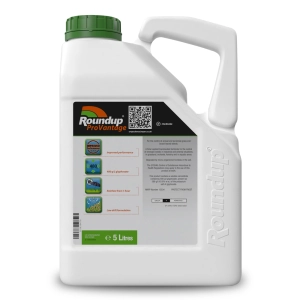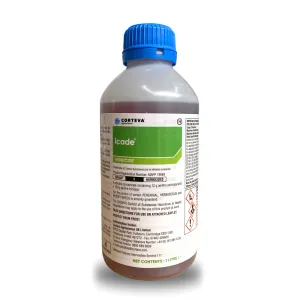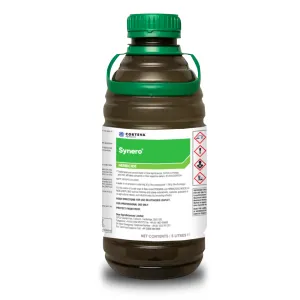What is Japanese Knotweed?
Japanese Knotweed is a fast-growing, tall and strong perennial weed. Its stem growth is renewed each year from the stout, deeply penetrating rhizomes. It was introduced into the UK in the 19th century as an exotic ornamental plant in botanical gardens and has brought untold worry and turmoil to grounds everywhere ever since, as it is now classed as a tough invasive weed. As of 3rd July 2018, landowners will be able to claim damages if Japanese Knotweed has encroached on to their property, after a landmark Court of Appeal ruling.
Identification & Appearance:
Identifying Japanese Knotweed at the early growth stage can be a little more difficult as during spring, the red/purple fleshy shoots rapidly appear from crimson pink buds at ground level and look like Asparagus, with red/pink colouring. At this stage, the weed is growing at a rapid rate of up to 2cm a day, forming a dense bed of bamboo / asparagus like stems. New leaves will be red and ‘rolled’, where they will then flatten out and start to turn green as they mature into young leaves.
The best time to identify Japanese Knotweed is during the summer months and through to early autumn. By summer they have formed dense stands of tall bamboo like canes and can be as tall as 3 meters. The mature knotweed stems are bamboo-like with a hollow centre and have purple spots or freckles, with the leaves growing alternately on each side.
By late summer (Late August / September), Japanese Knotweed plants come into bloom and produce creamy-white flowers that reach around 0.5cm in width. The flowers grow in clusters of up to 10cm and at this stage the plant will have mature, large green leaves. Mature leaves are a rich green colour and grow to approximately 12cm in length, with the weed itself reaching heights of 2 to 3 meters. The shape of the leaves are similar to that of a love heart or shield and do not have any hairs on the underside. The leaves are situated in a zig zag like pattern along the stems.
Following the plant flowering, the plant changes in several ways during autumn in preparation for winter. Leaves will turn yellow and begin to fall, and the stems will turn red and shed the leaves. During Winter, the underground roots and rhizomes of Japanese Knotweed lie dormant but remain alive. The stems will die back to ground level in the winter months, however the dry canes will remain for several months or longer. The plant spreads mainly from these underground rhizomes and roots. Above ground, the plant will have a bamboo-like appearance, as the leaves have all been shed and the hollow stems turn into straw-coloured canes. If there is a mild autumn and winter, Japanese Knotweed may continue to produce new shoots. It is important to positively identify Japanese knotweed as it can be easily confused with other plants including Russian vine and Himalayan honeysuckle.
The Problem:
Japanese Knotweed is a highly invasive species which can sprout from small sections of rhizomes. It forms a wide-ranging root system that can go as deep as 3m and up to 7m in all directions, and once established it can become highly invasive by supressing all over plant growth. It can cause devasting destruction to concrete foundations, buildings, flood defences, roads, paving, retaining walls and architectural sites with it's invasive root system and strong growth.
It is also an offence to instigate the growth of Japanese knotweed in the wild under the Wildlife & Country Act. You can also be issued with an ASBO if you are found to be failing to stop the spread of the weed from your property. There are legal regulations to buying and selling property which may have Japanese knotweed present on the premises.
How to Prevent & Control?
The eradication of Japanese Knotweed can take several years with the use of total weed killers. Eradication requires a lot of persistence and determination as it can be extremely difficult to remove once it is established. The transportation and disposal of Japanese Knotweed stems, roots and contaminated soil is now strictly controlled.
If you live in a protected area and wish to treat Japanese Knotweed, permission must first be granted from Natural England. Permission will also be needed to be granted (From the Environment Agency) if you are treating Japanese Knotweed near water.
Japanese Knotweed can be treated throughout the growing season with the application of professional weed killers. We recommend using weed killers such as I-cade, or glyphosate-based products. Glyphosate based products should be applied during late summer months or in autumn when the plant begins to senescence (drop leaves etc in preparation for winter). We do not recommend cutting the weed down with a strimmer or flail as this will result in further spreading of the weed. Glyphosate based products such as Roundup offer a broad range of control (weeds and grass), whereas I-cade has been developed specifically for controlling tough woody weeds and will not harm grass. These products can be sprayed or delivered directly into the stem of the plant using a stem injector which has been specifically developed for eliminating invasive weeds such as Japanese Knotweed, Giant Hogweed, Himalayan Balsam and Horsetail.
We recommend using a glyphosate based product (such as Roundup Pro Vantage) during the late summer months or when the plant begins to drop its leaves in autumn. We also advise using I-cade as it is specifically designed to control tough woody weeds.
For more information on controlling the difficult Japanese Knotweed, please get in touch with our sales team on 01522 246491.







